1. Understand why the property became a foreclosure in the first place.
Our economy’s recession left many unemployed, causing them to be unable to pay their bills. While this is the most common reason for a foreclosure, it’s important to also consider the quality of the construction of the property. Many homes built during the housing boom in the 1990s and early 2000s used mediocre construction techniques. As a result, the cost of upkeep and repairs became unmanageable for the homeowners. Being aware of this will prevent you from insuring a property that poses too many risks even though it is newer in nature.
2. Have a property inspection completed.
Some insurance carriers are choosing to move away from in-person property inspections and instead rely on data to assess the risk of a property. Considering the increased insurance risk that a foreclosed property presents, it’s necessary for an in-person property inspection to be performed to most accurately underwrite the risk.
When conducting a property inspection for a foreclosed property, additional attention to detail needs to be given. Here are several areas that need to be addressed in a property inspection for a foreclosed property:
Building:
Check the grading and make sure that the slope of the land is away from the home for drainage purposes. If the foundation around the home includes any wet areas, there could be a moisture problem.
Roof and attic:
Determine the age of the roof and if it will need to be replaced. Take note of the condition of the insulation and any soft spots in the attic flooring. Confirm that there is no mold or termite damage in this space.
Electrical system:
Check to see if the riser is in good condition and if there is up to 200 amps capacity. Look to see if there has been any damage done to the electrical meter and if the circuit breakers have been marked.
When it comes to maintaining your bottom line and minimizing risk, insurance carriers need to have property inspections completed to accurately underwrite a property, especially for foreclosed properties.
Our experienced team at Insurance Risk Services has more than 35 years of experience in partnering with insurance carriers to assist them with property inspections and underwriting support. Please contact us for more ways that you can minimize risk when insuring a foreclosed property.


